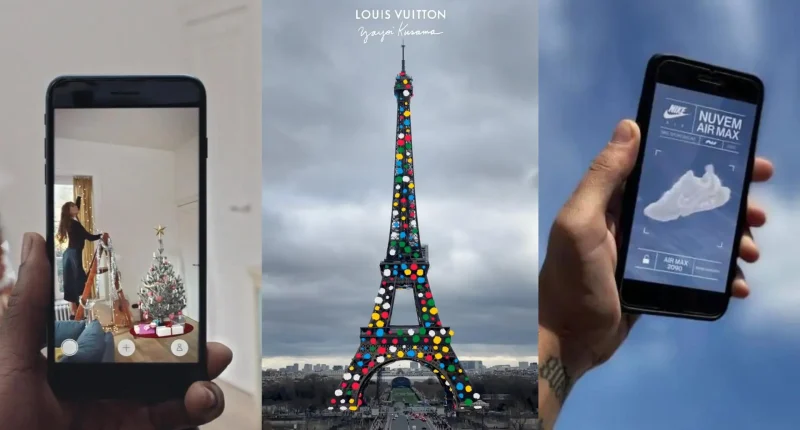So What is Augmented Reality in Marketing
Augmented Reality (AR) is revolutionizing the way businesses engage with customers by creating immersive experiences that blend the digital and physical worlds. As technology continues to advance, AR has become a powerful tool for marketers looking to enhance customer interaction and drive sales. This article explores how businesses can leverage AR technology to create unforgettable customer experiences, showcasing successful case studies and practical tips for implementing AR in marketing campaigns.
The Benefits of Using Augmented Reality in Marketing
Enhancing Customer Engagement
One of the primary advantages of AR in marketing is its ability to significantly boost customer engagement. By providing interactive experiences, brands can transform passive consumers into active participants. Research indicates that customers are more likely to spend time interacting with AR content, leading to deeper connections with the brand.
Increasing Brand Awareness
AR marketing campaigns often generate buzz and excitement, which can lead to greater brand recognition. A study found that AR campaigns can triple brand awareness compared to traditional marketing tactics. This heightened visibility is crucial for businesses looking to differentiate themselves in competitive markets.
Successful Case Studies of AR in Marketing
Pepsi’s AR Bus Shelter Campaign
In 2014, Pepsi launched an innovative AR campaign at a bus shelter in London. The shelter’s window transformed into an interactive AR interface, displaying thrilling visuals such as robots and flying saucers. This campaign generated approximately 385 million earned media impressions and resulted in a 35% increase in sales during the campaign period, demonstrating the effectiveness of engaging AR experiences.
Sephora’s Virtual Artist App
Sephora has successfully utilized AR technology through its Virtual Artist app, allowing customers to virtually try on makeup products before purchasing. This interactive feature not only enhances the shopping experience but also helps customers make informed decisions, ultimately increasing conversion rates.
Practical Tips for Implementing AR in Marketing Campaigns
Define Clear Objectives
Before launching an AR campaign, it is crucial to establish clear objectives. Determine whether the goal is to increase brand awareness, drive website traffic, or boost sales. Having defined goals will guide the development of your AR experience and help measure its success.
Integrate AR Across Multiple Channels
To maximize the impact of your AR campaigns, integrate them across various marketing channels. Embed AR experiences on your website, utilize social media platforms for promotion, and consider creating a dedicated mobile app. This multi-channel approach ensures that your audience encounters your AR content at multiple touchpoints.
Creating Engaging Augmented Reality Experiences
Focus on User Experience
When designing AR experiences, prioritize user experience by ensuring that interactions are intuitive and enjoyable. Conduct user testing to gather feedback and make necessary adjustments before launching your campaign. A seamless user experience will encourage customers to engage with your brand more frequently.
Promote User-Generated Content
Encourage customers to share their experiences with your AR content on social media. User-generated content not only enhances authenticity but also serves as powerful testimonials that can attract new customers. Consider running contests or challenges that incentivize users to create and share their own content related to your brand.
Measuring the Success of Your AR Campaigns
Utilize Analytics Tools
To evaluate the effectiveness of your AR campaigns, employ analytics tools to track engagement metrics such as interaction time, click-through rates, and conversion rates. Analyzing this data will provide insights into what works and what needs improvement for future campaigns.
Gather Customer Feedback
After launching your AR experience, actively seek customer feedback through surveys or social media interactions. Understanding customer perceptions will help you refine your strategy and enhance future marketing efforts.
The Future of Augmented Reality in Marketing
As augmented reality continues to evolve, its potential in marketing remains vast. By harnessing this innovative technology, businesses can create engaging customer experiences that foster deeper connections and drive sales. By following best practices for implementation and continuously measuring success, brands can stay ahead of the curve and leverage AR’s capabilities for long-term growth.









